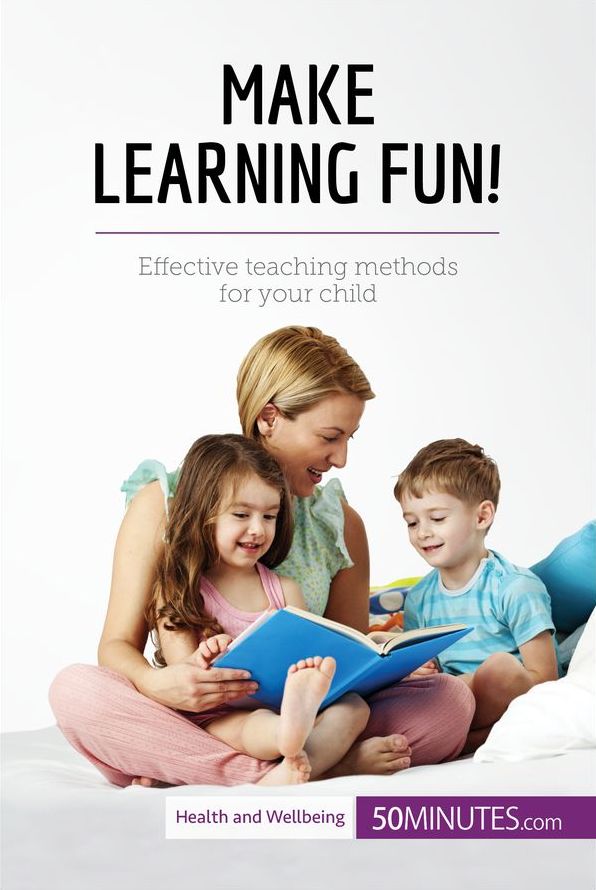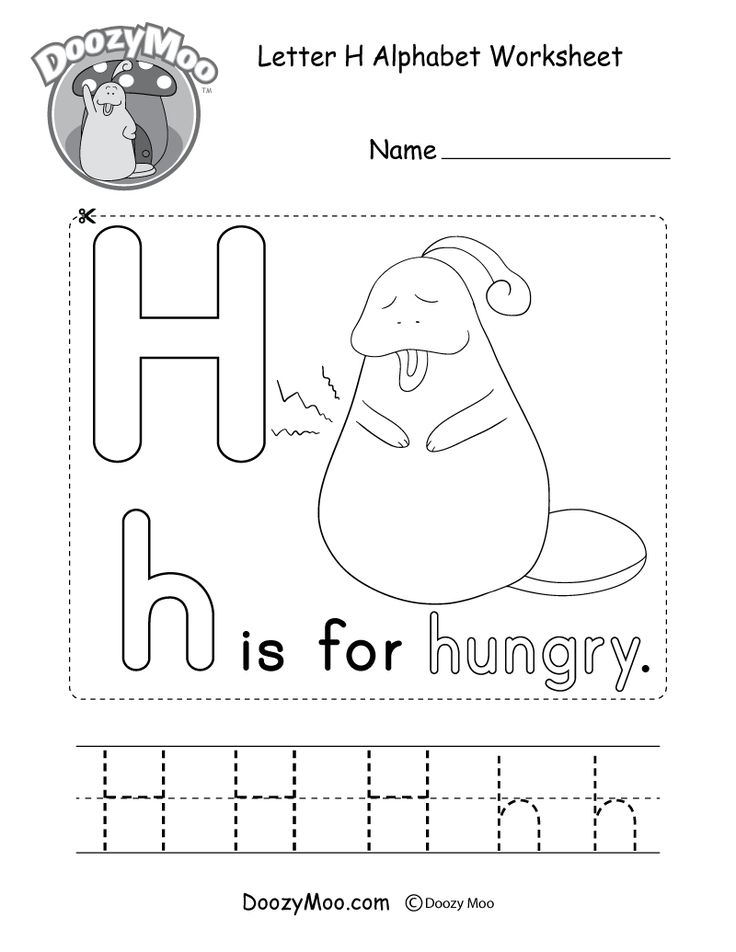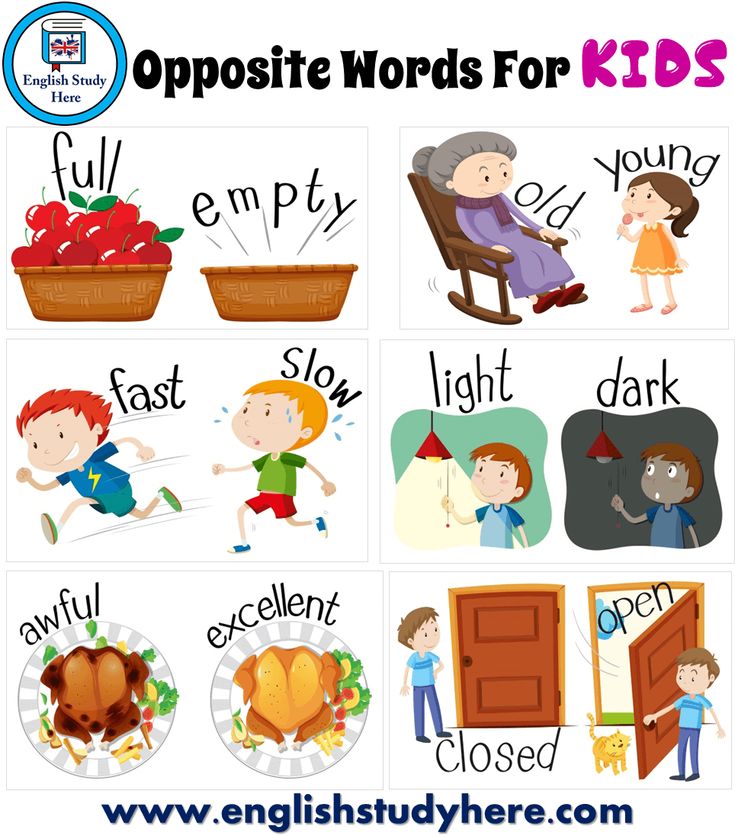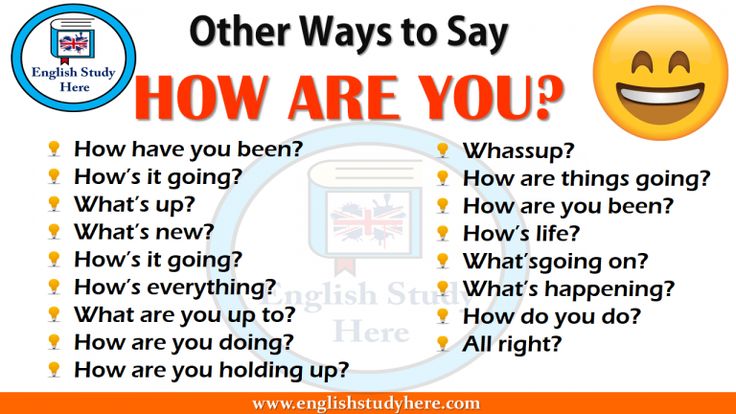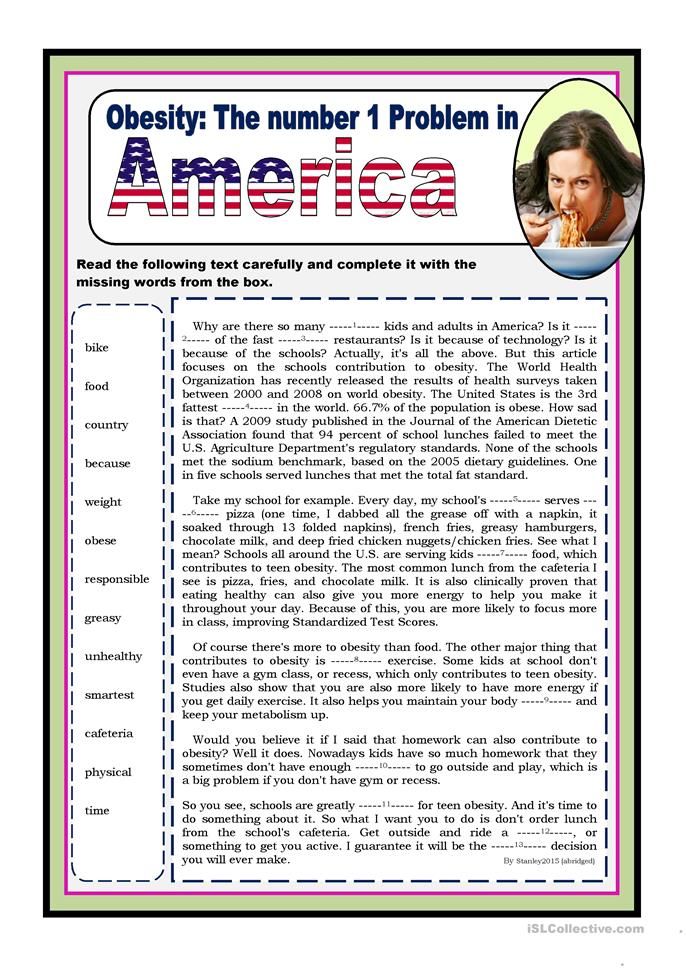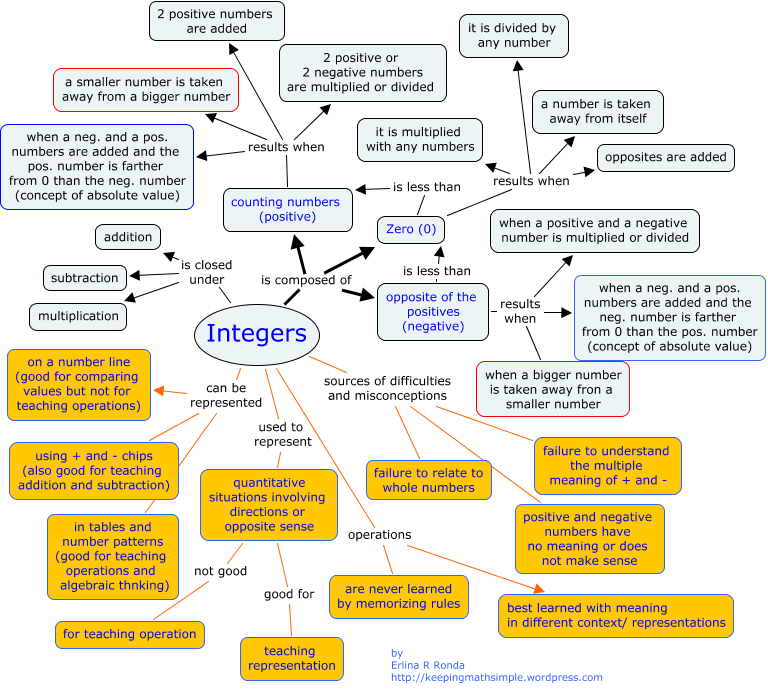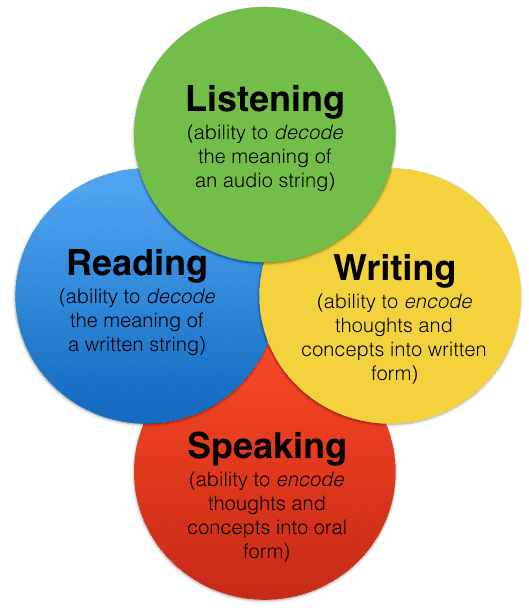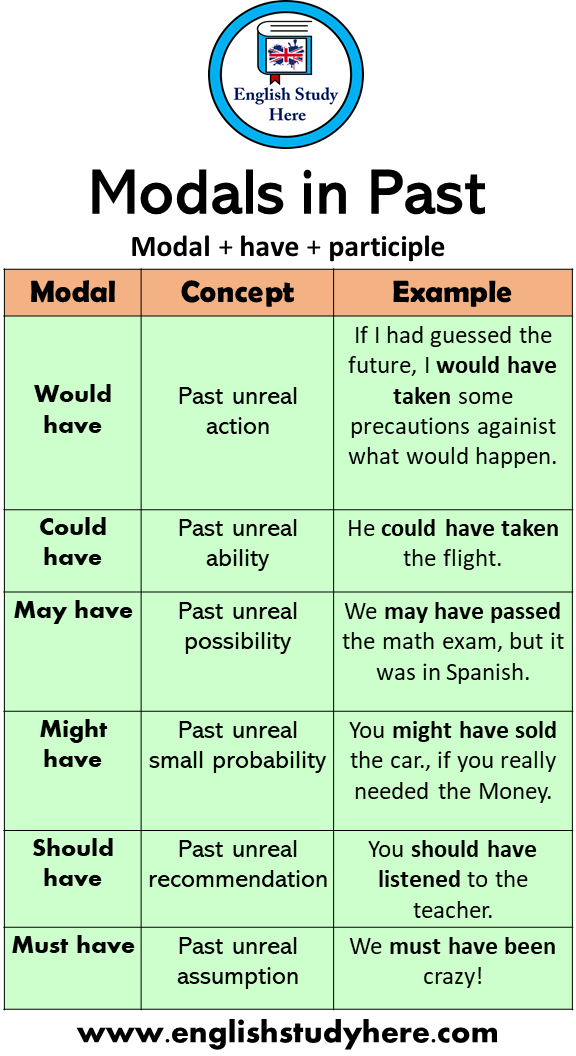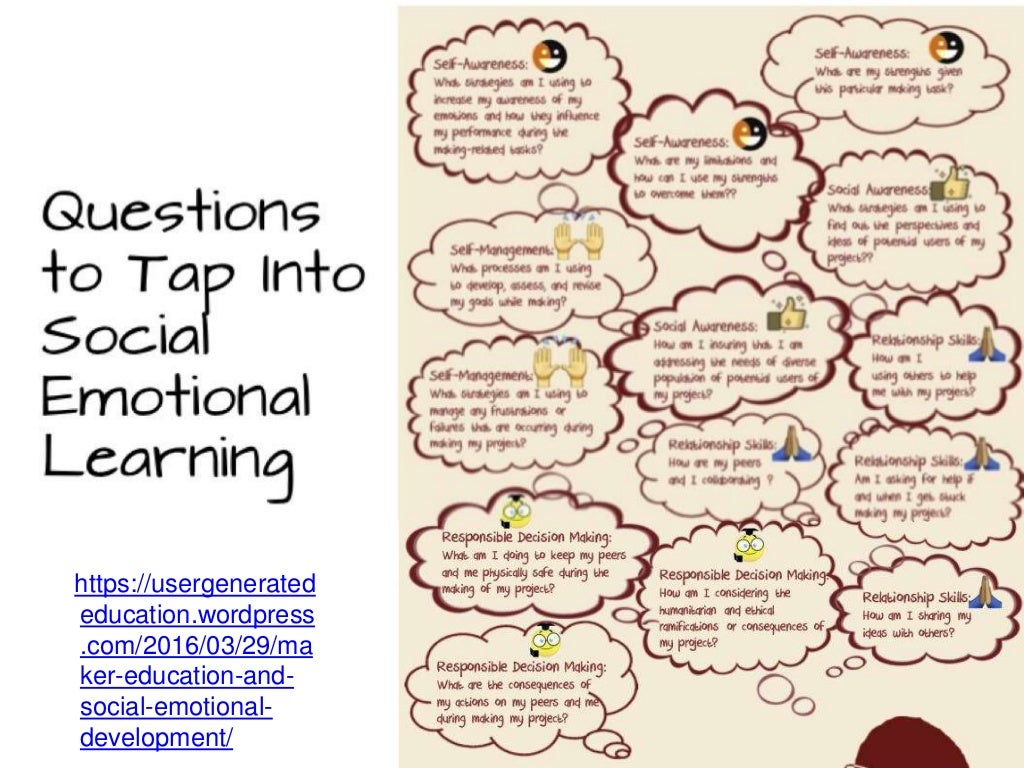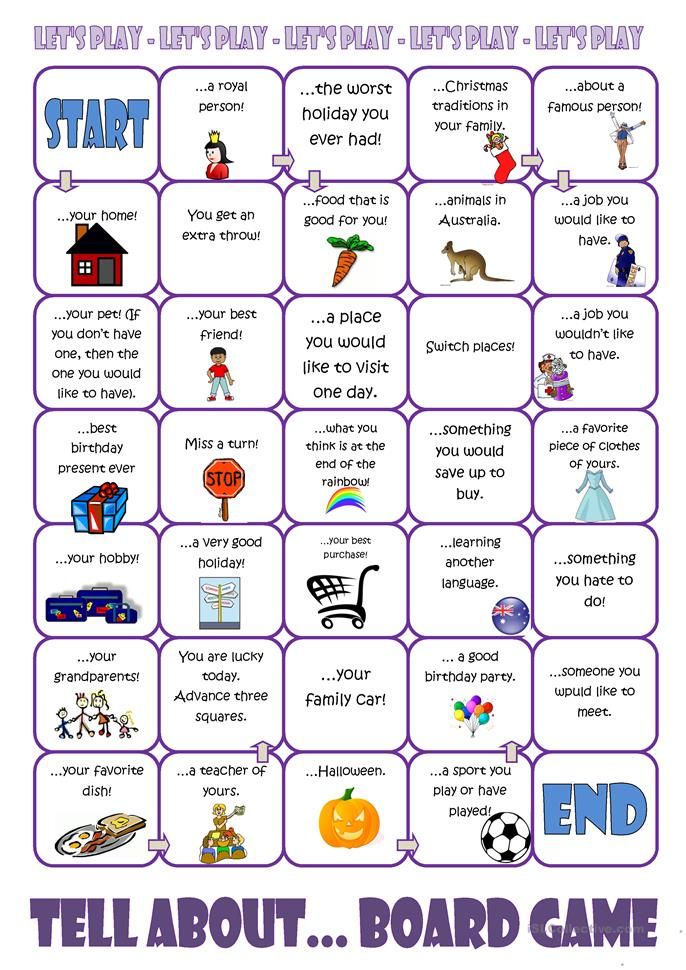Your child learns
US States and Capitals by Region Game– the Fast, Easy way to Learn
Quill's Quiz - 1100 Question US Mega Geography Quiz
Print a map of the United States US States and Capitals Map Quiz
Free Maps, Map Puzzles and Educational Software: Owl and Mouse Educational Software
Fifty US states, of various shapes and sizes, can be a bit overwhelming to learn,
so we have divided the US States and Capitals Map Puzzles into five regions of the US. Learning the states in each region separately can make the states much easier to learn and to understand. Start your child with the region that includes the state you live in. If there is a connection in your child’s life with a particular region, “Here is where Grandma lives” or “We lived here when you were born” tell them about it.
Each of the US regions map puzzles is the same as it is in the map puzzle of the US, except for the Northeast, which is enlarged, making this area bigger than it is on the full US map. We have done this because some of the northeast states are so small that they can be difficult to distinguish on a map of the entire US. Once these states are familiar, it is easier to see them on a complete map. The map puzzle of the entire US states and capitals is here.
The division of the US into regions tends to be somewhat arbitrary. While we follow the National Geographic, other organizations divide the states up in different ways. Regions are defined by their climate, culture, geography, economy, etc. Also, some states don’t really belong very exactly in their category (Florida), or belong equally well in two different categories (is Oklahoma part of the Midwest, or the Southwest?) For these reasons, it does not seem wise to ask kids to memorize which states are in each region. What students need to know are the states, their capitals, and where they are on the map of the United States, which gives clues as to their climate, land forms, etc.
Some hints about the states in the US map puzzle:
*states are generally larger as you go west (earlier states were smaller)
*the really small states are in the Northeast
*states with 2 or more straight lines as their borders tend to be in the west
*states with wiggly lines, especially running north-south, tend to be on the Mississippi river.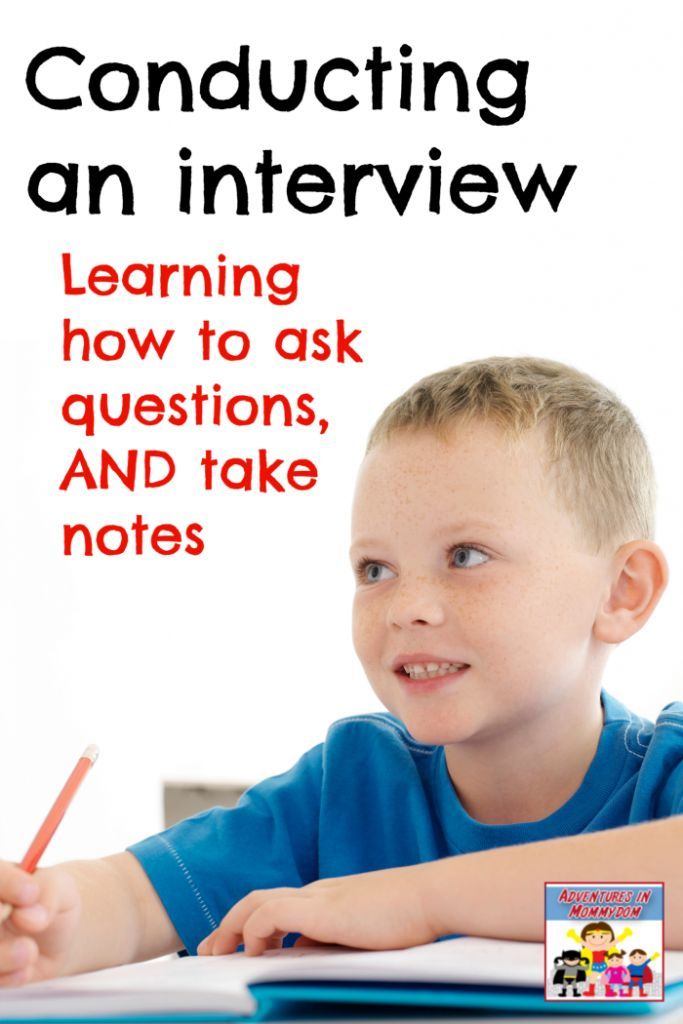
We welcome all comments on your experience with our maps and software.
E-Mail us at: "Owl and Mouse" <owlmouse at yourchildlearns dot com>
All Material Copyright 1998-2015 Owl and Mouse Educational Software except as noted.
All pages and downloadable software may be freely used for individual and classroom instruction but may not be sold, redistributed or reposted without permission.
Javascript and CSS coding by Ashton Shapcott.
Privacy Policy Terms of Service About Us
Walk through the Continents - Print Maps Large and Small
Print free maps large or small; from 1 page to almost 7 feet across; PC or Mac. For classroom and student use. MegaMaps requires Adobe Flash. Free online software—no downloading or installation.
Print out maps in a variety of sizes, from a single sheet of paper to a map almost 7 feet across, using an ordinary printer.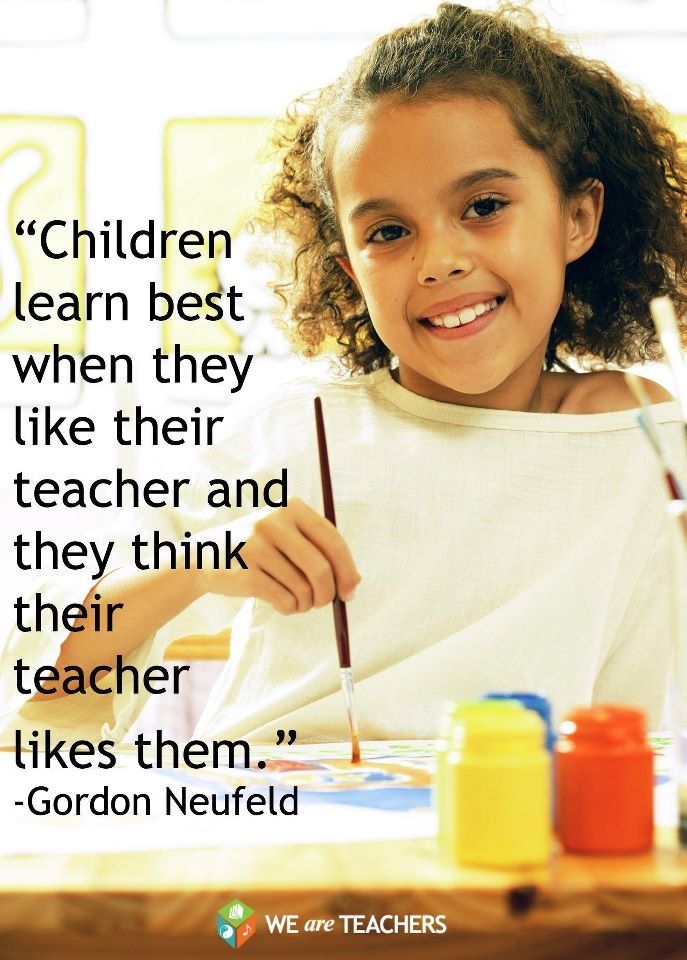 You can print single page maps, or maps 2 pages by 2 pages, 3 pages by 3 pages, etc. up to 8 pages by 8 pages (64 sheets of paper; over six feet across!).
You can print single page maps, or maps 2 pages by 2 pages, 3 pages by 3 pages, etc. up to 8 pages by 8 pages (64 sheets of paper; over six feet across!).Walk Through The Continents
Trace car trips; where grandparents and aunts and uncles and cousins live; the Oregon Trail and the Cumberland Gap; Huck Finn's journey; the Rocky Mountains, the Appalachians, the Mississippi River, the Columbia River and the Colorado, label states… There are any number of ways to use these maps. They can be large enough to see clearly from across the room, and to contain many different types of information.
After printing the map pages lay them out to determine the proper order. A one page map may help. Starting at the upper left corner (the northwest corner), trim the pages on the right and bottom edges. Be sure not to trim the bottom edges of the bottom row of the map or the right edges of the right column.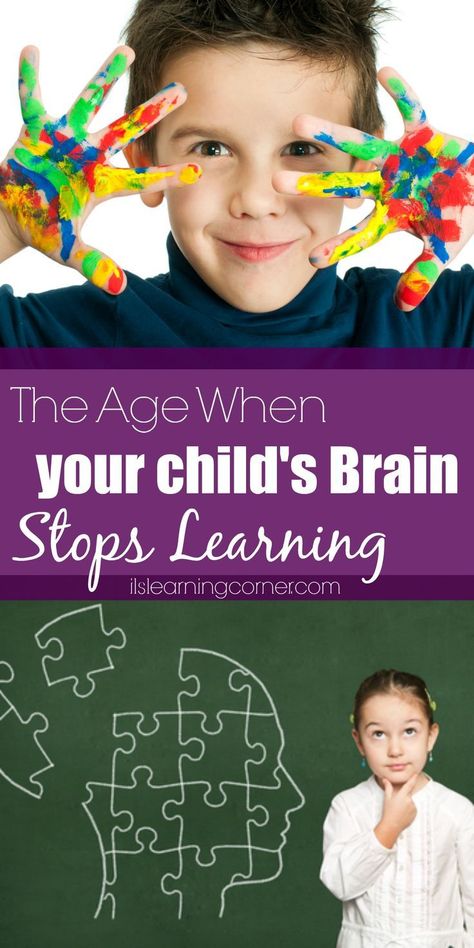 Take the upper left corner sheet and overlap it onto the sheet to its right. Tape them and then continue across to complete the top row. Add rows one at a time.
Take the upper left corner sheet and overlap it onto the sheet to its right. Tape them and then continue across to complete the top row. Add rows one at a time.
Maps are a fundamental teaching tool. “Where” makes the lesson real and puts it into context. Too often maps for classroom use are too expensive for direct contact with students, let alone being personalized by learning activities. Free maps that can be used by students bring map activities to life. Large wall maps created by the class and individual maps created by each student increase learning, enliven the classroom and show parents the student’s progress.
These free maps are great for use in the classroom because they can be easily printed in a range of sizes for different purposes, and because the students can write, draw, and mark on their own copies of them.
• Print out a large map for the front of the classroom, for the teacher to explain the material on, and a single page map for each student to show what they have learned.
• Print out a multi-page map of the US or the world, and have groups of students assemble it together, like a puzzle. This is great for learning where places are in relation to each other.
• Use Printable maps of the all of the United States to teach the geography and history of each state. State maps are made to print on color or black and white printers. Maps print full size automatically with any computer printer.
• Outline maps can be made to show political, environmental, physical, economic and historical information. Make multiple copies of a map, and students can show different features of the place on the map—historical events, physical/geologic features, land use—urban, farm, suburban, etc.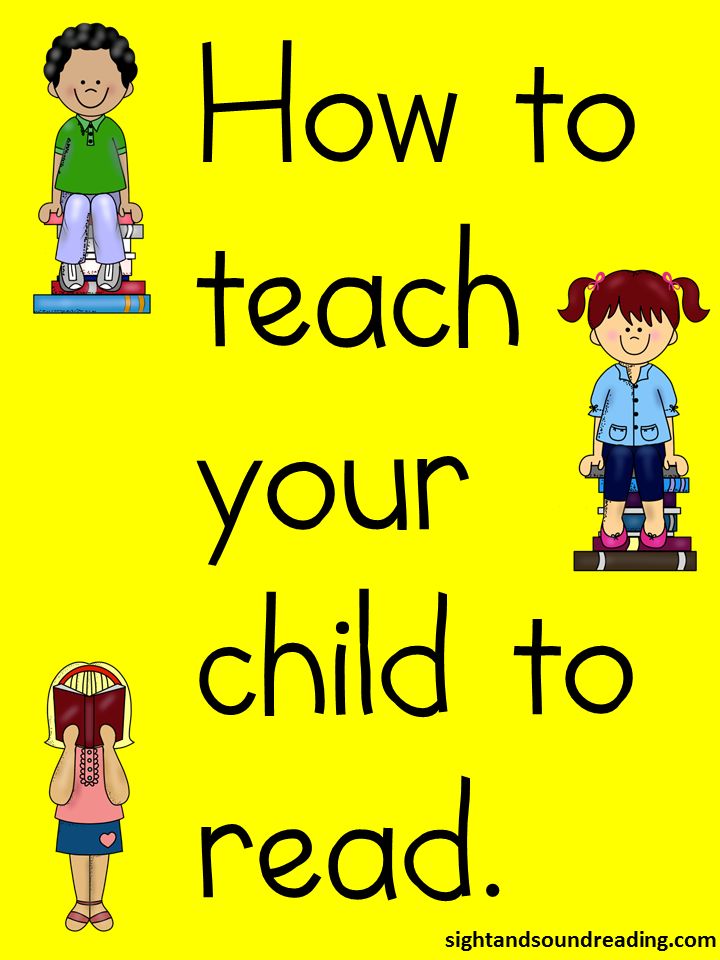 political—states, borders, capitals, family histories, wildlife, habitat, types of environment—grassland, forest, agriculture, changes in one place over time and many more.
political—states, borders, capitals, family histories, wildlife, habitat, types of environment—grassland, forest, agriculture, changes in one place over time and many more.
By coloring and writing on the map, students make it “their own”. Map work moves from rote to fun. The larger map format not only allows more detail because of its larger scale, it also makes it easy for several student to work together on one map. Students can each have a small map, while the teacher explains material on a larger map at the front. Maps to complement a variety of lessons. Have your students learn WHERE it happened.
MegaMaps Map Sizes:
As the maps all have different proportions, these are the maximum sizes. The printed map will usually be smaller in one dimension.
8 ½ x 11
(inches)
2 x 2 = 16 ½ x 21 ½
3 x 3 = 24 ¾ x 32 ¼
4 x 4 = 33 x 43
5 x 5 = 41 ¼ x 53 ¾
6 x 6 = 49 ½ x 64 ½
7 x 7 = 57 ¾ x 75 ¼
8 x 8 = 66 x 86
A4
(mm)
2 x 2 = 410 x 580
3 x 3 = 615 x 870
4 x 4 = 820 x 1160
5 x 5 = 1025 x 1450
6 x 6 = 1230 x 1740
7 x 7 = 1435 x 2030
8 x 8 = 1640 x 2320
Stalk Through The Continents
We welcome all comments on your experience with our maps and software.
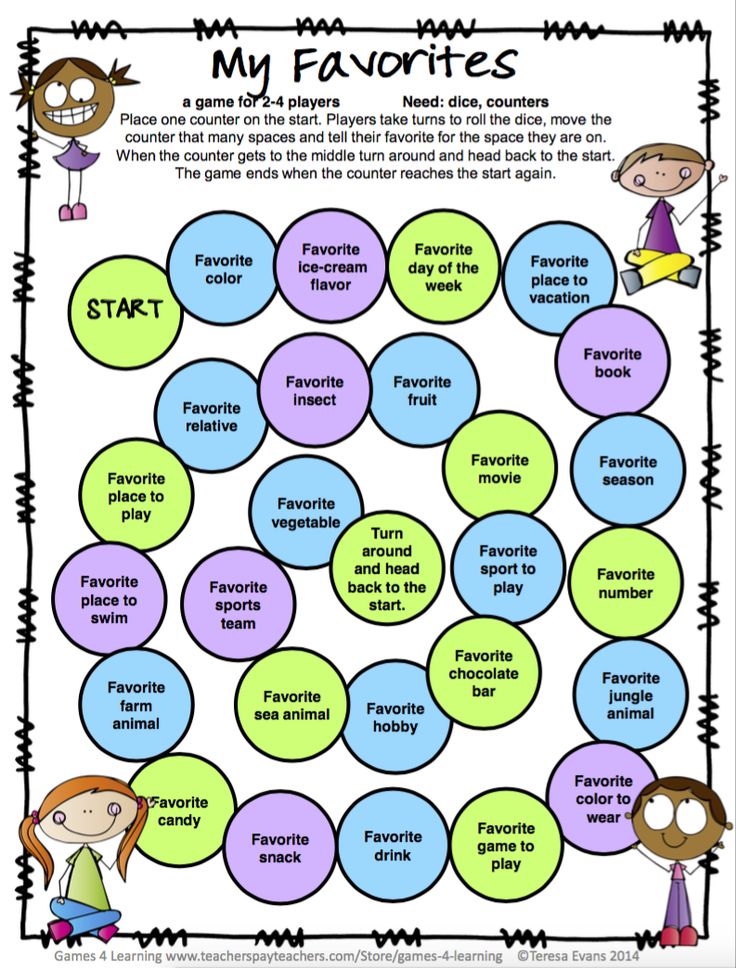
E-Mail us at: "Owl and Mouse" <owlmouse at yourchildlearns dot com>
All Material Copyright 1998-2016 Owl and Mouse Educational Software except as noted.
All pages and downloadable software may be freely used for individual and classroom instruction but may not be sold, redistributed or reposted without permission.
Javascript and CSS coding by Ashton Shapcott.
Privacy Policy Terms of Service About Us
A simple test that will show why your child does not study well. Why? Professor of the Murmansk Arctic State University Anna Beloshistaya told RG what is the most common reason for poor grades and what test will help parents understand what is wrong with the child.
Anna Beloshistaya: Remember three important rules. First, we don’t scold and don’t insult for a deuce. Secondly, we don’t compare the child with other children: “There, Petya has four, but why do you have “two”? Third: the child came from school, do not ask from the threshold: “What did you get today?” Ask: “What new did you learn ? What was interesting about school?"
Going further: parents need to understand when the deuces started.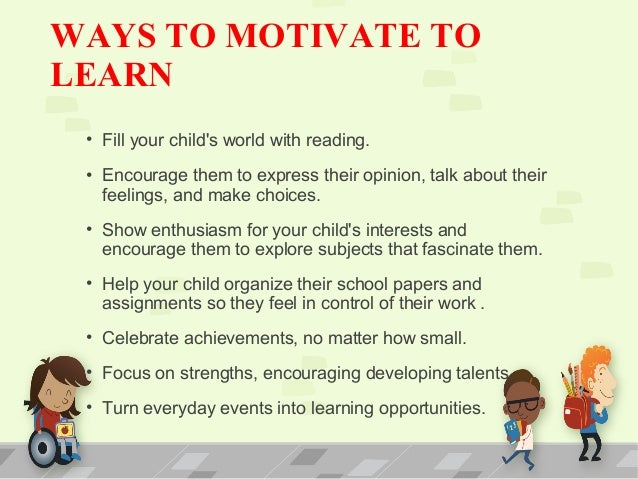 Were they there from the start? For the first six months, marks are not supposed to be set at school, but teachers often use a system of colored chips and other signs. And you understand what a child begins to feel, systematically receiving a "black mark" from the very first days at school. This forms a negative attitude towards learning in general and towards school in particular. Perhaps the reasons lie in the shortcomings of the preschool preparation of the child.
Were they there from the start? For the first six months, marks are not supposed to be set at school, but teachers often use a system of colored chips and other signs. And you understand what a child begins to feel, systematically receiving a "black mark" from the very first days at school. This forms a negative attitude towards learning in general and towards school in particular. Perhaps the reasons lie in the shortcomings of the preschool preparation of the child.
Of course, parents could not be at all ready for school, but this is the fault of the parents. Especially if the child is alone in the family. If there are several children, they usually follow each other and, at the very least, adopt from each other what older children have already encountered and this somehow adapts them to future school life. Approximately 10 percent of children in the beginning, I would call "silent". They accumulate information for a long time, slowly assimilate it, return to the same problem with their thoughts for a long time and repeatedly (outwardly it seems that they are simply "slowing down"), and then they "shoot" with an unexpected and original idea.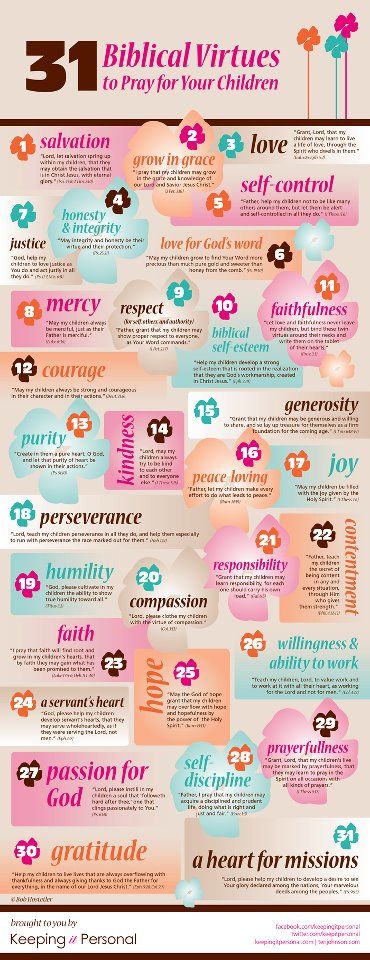 They say that Einstein and Norbert Wiener, "the father of cybernetics," were like that in elementary school. Maybe your child is one of those? And here's another situation: a child already reading and counting came to the first grade. The teacher decided that he was unteachable, because he could not understand why he was learning numbers and letters again. As a result - tears and bad grades. So the two have different reasons. nine0003
They say that Einstein and Norbert Wiener, "the father of cybernetics," were like that in elementary school. Maybe your child is one of those? And here's another situation: a child already reading and counting came to the first grade. The teacher decided that he was unteachable, because he could not understand why he was learning numbers and letters again. As a result - tears and bad grades. So the two have different reasons. nine0003
And if at first everything seemed to be fine, the teacher even praises, and then suddenly: "Sit down, two"?
Anna Beloshistaya: Most likely, the child stayed on the options memorized before school. Unfortunately, this method of "preparing for school" is quite common in various "training courses". And the teacher was happy with this: the child answers questions quickly and clearly. And this is what the teacher wants to hear: "count to 5", "count back from 10", "how much is "2 + 3", how much is "4 - 2", "show a square", "show a circle" and so on "Further.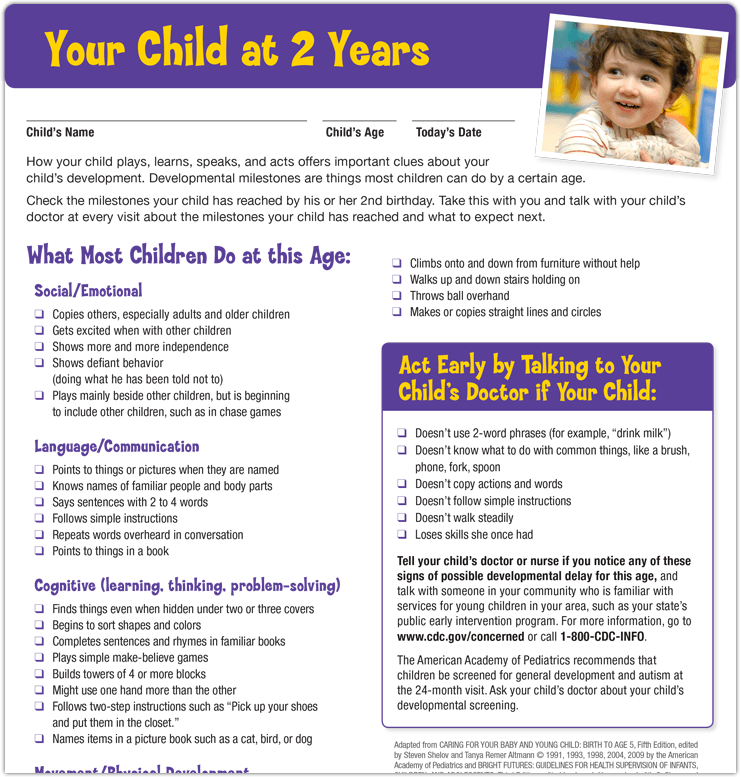 All these are questions designed for memory. Since memory is the leading cognitive process in senior preschool age, teachers often exploit it mercilessly, stimulating the child to memorize a huge amount of factual information. But does the child understand what he famously reproduces by heart? Usually, this situation is observed two months after the start of education in the 1st grade: the preschool supply is over, but no new one has been accumulated.0003
All these are questions designed for memory. Since memory is the leading cognitive process in senior preschool age, teachers often exploit it mercilessly, stimulating the child to memorize a huge amount of factual information. But does the child understand what he famously reproduces by heart? Usually, this situation is observed two months after the start of education in the 1st grade: the preschool supply is over, but no new one has been accumulated.0003
This test will help you understand if the child has developed thinking or does he rely only on memory?
Analysis of the test at the end of the note
How can parents understand: what keeps the child - at the expense of memory or thinking?
Anna Beloshistaya: If the child is already reading, give him a short text (from Tolstoy's ABC, for example) of 5-6 lines. If he does not read, read this text to him. And then ask them to retell the text in their own words. If the child reproduces the text by heart, then it works solely on the basis of memory. You can offer a task that requires reflection, rather than relying on memory. These tasks cannot be completed using ready-made, memorized answers. If a child does not understand what to do with it, then he is not taught to work with his head. nine0003
You can offer a task that requires reflection, rather than relying on memory. These tasks cannot be completed using ready-made, memorized answers. If a child does not understand what to do with it, then he is not taught to work with his head. nine0003
Teachers often say that children cannot complete a task because they do not understand the condition. In other words, they do not understand the text they read. How to teach to read meaningfully? Retell the task in your own words?
Anna Beloshistaya: They will retell it to you from memory, and this will not be understanding, but sounding. It is necessary to develop independent thinking in a child - the ability to analyze, generalize, highlight the main thing or, conversely, an insignificant feature ... This is difficult and takes time, and most importantly, it requires a system. In other words, it is necessary to develop "strong thinking" in a child not from case to case, but systematically.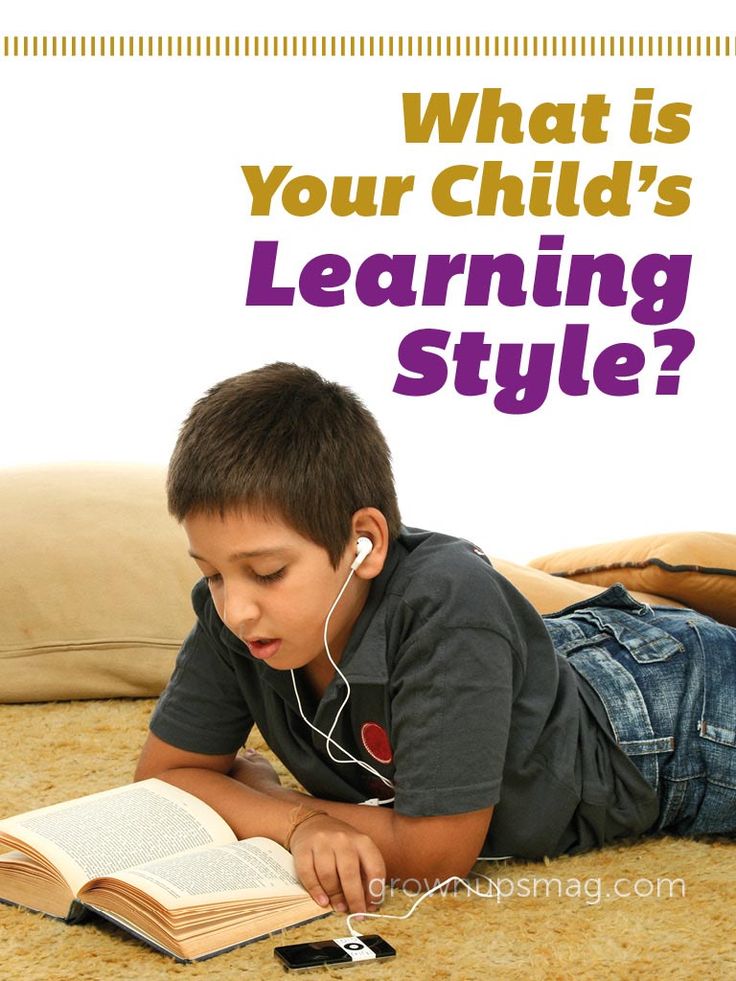 It is clear that for parents this is "stressful" and I really want to shift this work to someone, for example, to a tutor. But a tutor who will do homework with your child will only help you, freeing you from the hassle. It won't help the child. And don't rush to bookstores for dubious manuals with catchy titles: "your child will be a genius in three weeks" and so on. If it so happened that you missed a child, it will take at least a year to develop thinking. Unless, of course, a competent teacher is taken. And you need to practice at least two or three times a week. But in this case, you can see the first positive changes already in two months. nine0003
It is clear that for parents this is "stressful" and I really want to shift this work to someone, for example, to a tutor. But a tutor who will do homework with your child will only help you, freeing you from the hassle. It won't help the child. And don't rush to bookstores for dubious manuals with catchy titles: "your child will be a genius in three weeks" and so on. If it so happened that you missed a child, it will take at least a year to develop thinking. Unless, of course, a competent teacher is taken. And you need to practice at least two or three times a week. But in this case, you can see the first positive changes already in two months. nine0003
Analyzing the test results.
Pay special attention to tasks 1 and 5. Even if the child gives the correct answer (3) in task 1, ask him to show these triangles. He can consider a quadrangular figure similar to a rhombus to be a triangle, but not see a "enclosing" triangle. This indicates a weak development of spatial thinking. This child will certainly have problems with problem solving and mental arithmetic at school, since these activities are "held" by the ability to imagine everything well in the mind. nine0003
This child will certainly have problems with problem solving and mental arithmetic at school, since these activities are "held" by the ability to imagine everything well in the mind. nine0003
If the child did not complete task 5, then he has a problem with hand-eye coordination, and he will have difficulty learning to write. And most often this problem is accompanied by poor development of the muscles of the hand. Draw a circle on a sheet of paper using a stencil or compass, and let your child cut it out along the contour. Only the scissors should be good: they should not crumple, but cut the paper, and should not be "tight". If the circle turned out to be even, cut out along the contour, then the problem is not in the hand, but in the eye-hand ligament itself. To solve this problem, all sorts of "mazes" are useful, but you need to go through them first with your finger, and then with a pencil. It is useful to draw any signs ("dancing men"), symbols, simple contours and all kinds of strokes along the contour.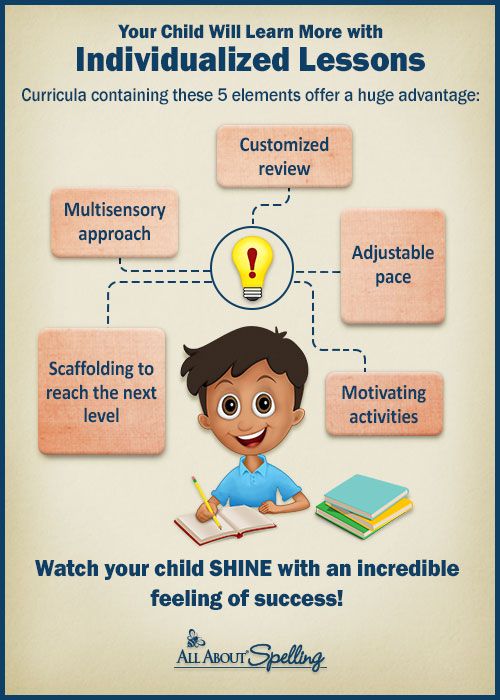 This matches the connection between the eye and the hand well. nine0003
This matches the connection between the eye and the hand well. nine0003
Your child is in 2nd grade - Center for Psychological, Pedagogical, Medical and Social Assistance
What do parents need to know if their child is in 2nd grade?
At the age of 8-9, the child continues to grow, but the cardinal changes accompanying puberty are still quite far away. The body at this age is still childish, and, despite the seeming adulthood, is quite fragile. He needs proper rest, a normal amount of sleep (at least nine hours a day) and proper nutrition. nine0003
This age is one of the turning points in a child's development. No matter when a child goes to school, at six or seven years old, at some point he goes through a crisis. During this period, it is especially important to learn to understand the child, to take into account his needs. Learning motivation will replace the game motivation, thereby he begins to understand that knowledge and its level affect the development of the personality of a younger student.
In the second or third grade, the school workload increases, and many children go headlong into their studies and stop noticing anything around them. nine0003
In second-graders, as well as in first-graders, visual-effective and visual-figurative thinking dominates over all mental processes. Thus, doing homework with a child, parents are encouraged to solve tasks on visual objects (apples, sweets, etc.). Until the second grade, the child's main mechanism is play, and in the second grade, learning activity becomes such a mechanism.
Primary school age is key in the development of self-esteem. It becomes more developed, mature than that of first-graders, and at the same time more integral. nine0003
There is a strong desire to be successful in school, which for the child is tantamount to being good and loved. In the second grade, children come already "experienced" schoolchildren. The period of adaptation of the child to systematic education, to new responsibilities, new relationships with adults and peers is over.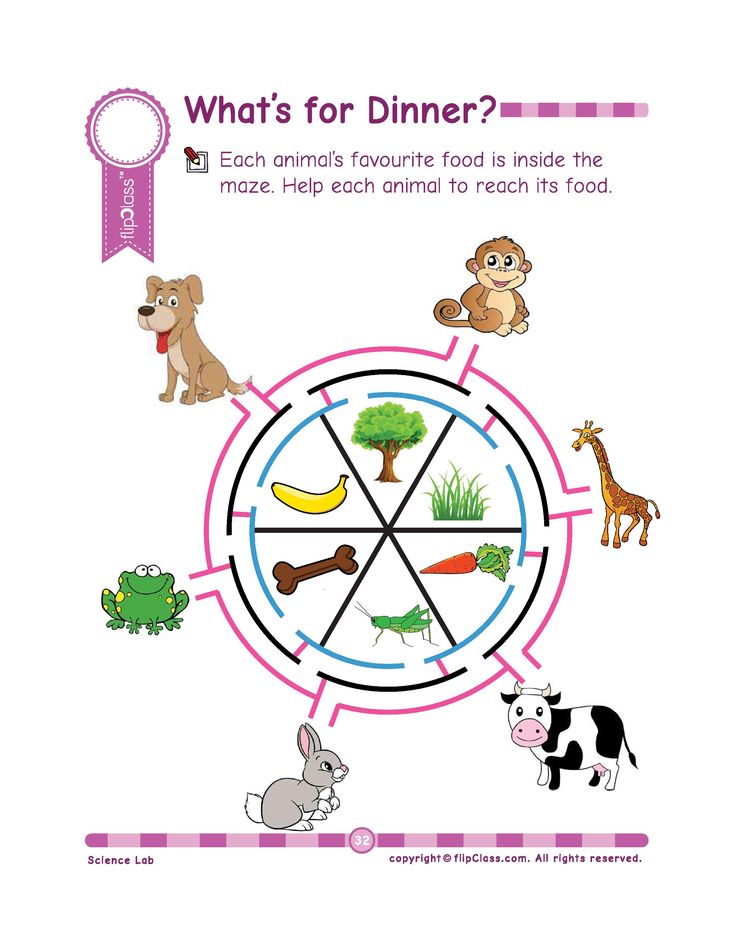 Now the little schoolboy has a pretty good idea of what awaits him at school.
Now the little schoolboy has a pretty good idea of what awaits him at school.
The expectations of second-graders largely depend on how successful the first year of study was for them: “I think that I will study as well as in the first grade”; “I didn’t do well that year. I wrote badly. Now I don't know how I can do it." nine0003
Parents of second graders have similar hopes and fears.
Second-graders' self-assessment in educational activities differs significantly from that of first-graders. Most first-graders have high self-esteem. Children consider themselves “good”, “smart” and positively assess their school success only because they tried very hard, wanted to do the right thing.
In the second grade, many children's self-esteem in educational activities drops sharply. Later, in third graders, the level of self-esteem rises again. This phenomenon is called " phenomena of the second classes.
Decreased self-esteem among second-graders is associated with increased self-criticism of schoolchildren, their increasing ability to focus on the quality of the results of their educational work. However, the possibilities of children in evaluating the results of their work are still quite limited, they are just learning this complex skill. This is where self-doubt and low self-esteem come from.
Another complicating factor is that the criteria by which learning outcomes are evaluated are not clear enough for children and are largely vague. nine0003
In this regard, the problem of school grades and grades and the attitude of children and parents towards them needs to be discussed.
The score is not the same as the mark. Assessment is an assessment process; mark is the result of this process, its conditionally formal reflection in points.
The assessment process should be presented in the form of a detailed judgment, in which the teacher (or other adult) first explains the positive and negative aspects of the student's work, notes the presence or absence of progress, makes recommendations, notes the efforts and efforts of the student, and only then, as a conclusion from said, calls a well-deserved mark. nine0003
nine0003
As a rule, in school practice, teachers limit themselves to only “announcing” the mark, without giving detailed comments on it. And therefore, the meaningful connection between the result of their own educational work and the mark received for it remains hidden for the little schoolchild. He does not always understand why yesterday he received a "five", and today - a "troika".
Parents also rarely explain to the student the connection between the mark and the quality of the performance of the educational task. They themselves, on the whole, understand why the work is evaluated this way and not otherwise, and in most cases they agree with the teacher. nine0003
It turns out that teachers and parents quite successfully interact with each other through marks, using them as feedback, but the needs and interests of the student are not taken into account.
However, without the help of adults, the child is not able to correctly identify the criteria for evaluating his work.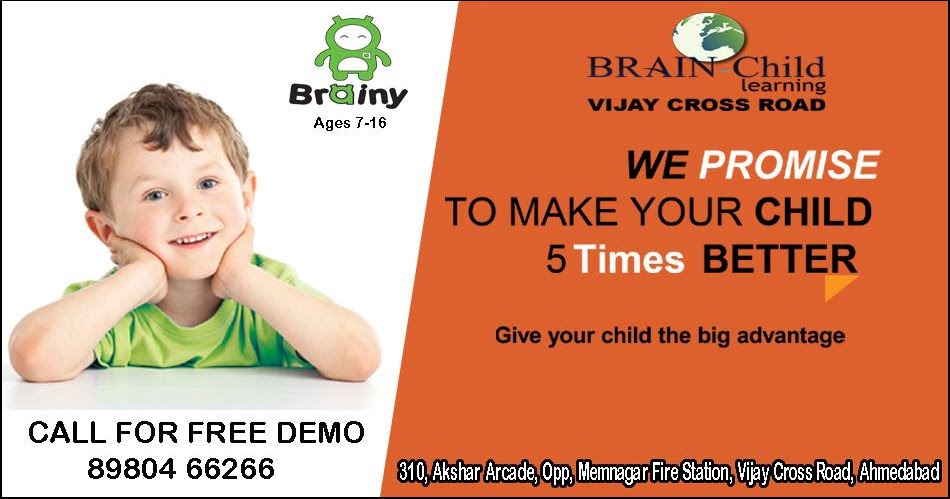 As a result, the mark loses its content, acquires a self-suppressing meaning for children, turns into a school idol, about which V.A. Sukhomlinsky: “From the first days of school life, on the thorny path of teaching, an idol appears in front of the child - a mark. For one child, he is kind, condescending, for another - tough, ruthless, inexorable. Why this is so, why he patronizes one, and tyrannizes the other - the children do not understand. After all, a seven-year-old child cannot understand the dependence of evaluation on his own work, on personal efforts - for him this is still incomprehensible. He tries to satisfy or - at worst - to deceive the idol and gradually gets used to studying not for personal joy, but for marks. nine0003
As a result, the mark loses its content, acquires a self-suppressing meaning for children, turns into a school idol, about which V.A. Sukhomlinsky: “From the first days of school life, on the thorny path of teaching, an idol appears in front of the child - a mark. For one child, he is kind, condescending, for another - tough, ruthless, inexorable. Why this is so, why he patronizes one, and tyrannizes the other - the children do not understand. After all, a seven-year-old child cannot understand the dependence of evaluation on his own work, on personal efforts - for him this is still incomprehensible. He tries to satisfy or - at worst - to deceive the idol and gradually gets used to studying not for personal joy, but for marks. nine0003
Unfortunately, parents voluntarily or involuntarily build their attitude towards the child depending on his/her progress, marks. Children often catch this connection faster than adults: “Mom doesn’t love me very much, because I don’t always get “five””.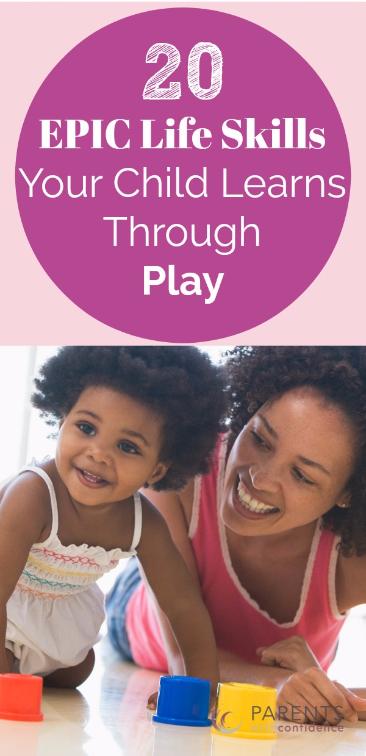
Psychologist Sh.A. Amonashvili made very accurate social portraits of marks. Their names speak for themselves: the triumphant "five", the encouraging "four", the indifferent "troika", the depressing "two", the destroying "one". nine0003
Parents, linking their attitude towards the child with his marks, especially if these marks do not meet their expectations, make it difficult to form an adequate positive self-esteem of the student, contribute to the appearance of self-doubt in him, and hinder the development of interest in learning.
Parents need to remember that in teaching it is not so much the mark that is important, but the real knowledge and skills of the student, his diligence, responsibility, the need to acquire new knowledge. In addition, it should be borne in mind that the success of a child in learning is determined by many factors. Not the last role among them is played by the parents' faith in the capabilities of their child, as well as their ability to provide him with real help in his studies.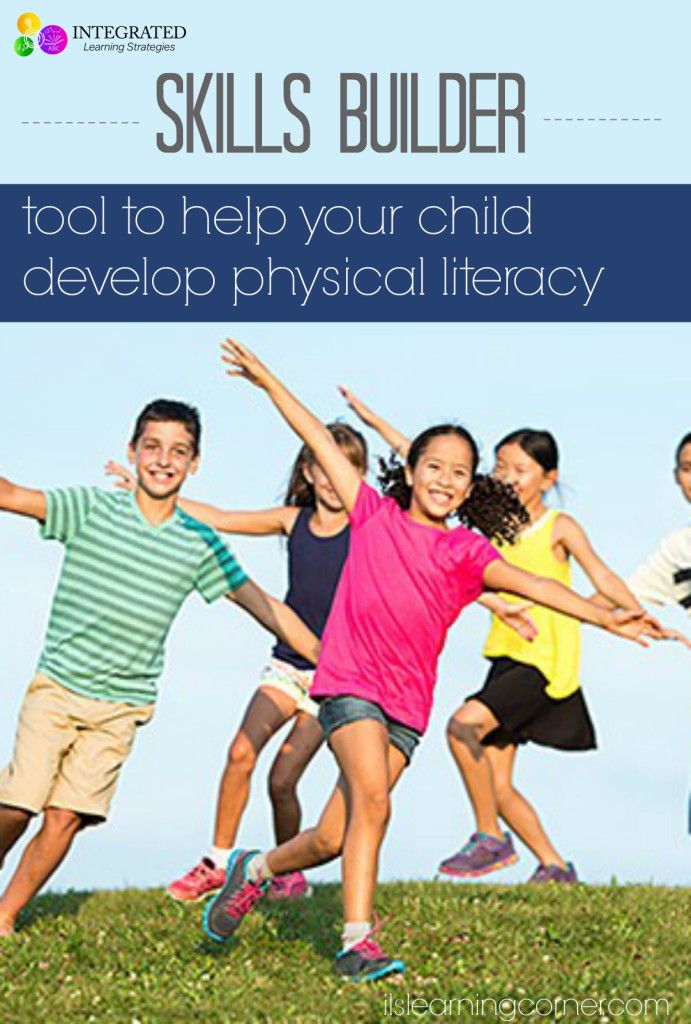 nine0003
nine0003
In elementary school, parents provide their child not only with moral and emotional support, but also actively help him in home learning activities.
One of the most important conditions for the success of homework for younger students is the cooperation of the child with his parents, most often with his mother. However, such cooperation often turns out to be insufficiently productive, not only in terms of the child's assimilation of educational material, but also in terms of the development of the student's personality. nine0003
Many parents are well aware of the feeling of helplessness that comes over them after repeatedly and, as it turns out, unsuccessfully explaining new or difficult material to their child. It is difficult for adults to imagine why a child sincerely cannot understand what seems to them so simple and clear.
It can be difficult for both a child and an adult to catch someone else's logic of reasoning, to build new knowledge into an already established picture of the world, to see the problem under discussion from the point of view of the interlocutor. This discrepancy between the styles of cognitive activity is called "cognitive (cognitive) dissonance". nine0003
This discrepancy between the styles of cognitive activity is called "cognitive (cognitive) dissonance". nine0003
Special psychological studies show that the mismatch between the cognitive styles of a junior schoolchild and his parents (especially mothers) affects the success of their joint academic work.
If the child is inclined to evaluate the work done by him as a whole, and the mother tends to pay attention to individual, sometimes minor shortcomings, then their joint educational work will also be ineffective.
The result of the emerging conflict between the cognitive strategies of mother and child may be the formation of a negative attitude of the latter to the educational work performed at home. The joint performance of homework begins to be complicated by stable conflict relations between the child and the adult. The daily repetition of such relationships can lead to the emergence of a so-called semantic barrier in the child, as a result of which he becomes less susceptible to the pedagogical and educational influences of this adult.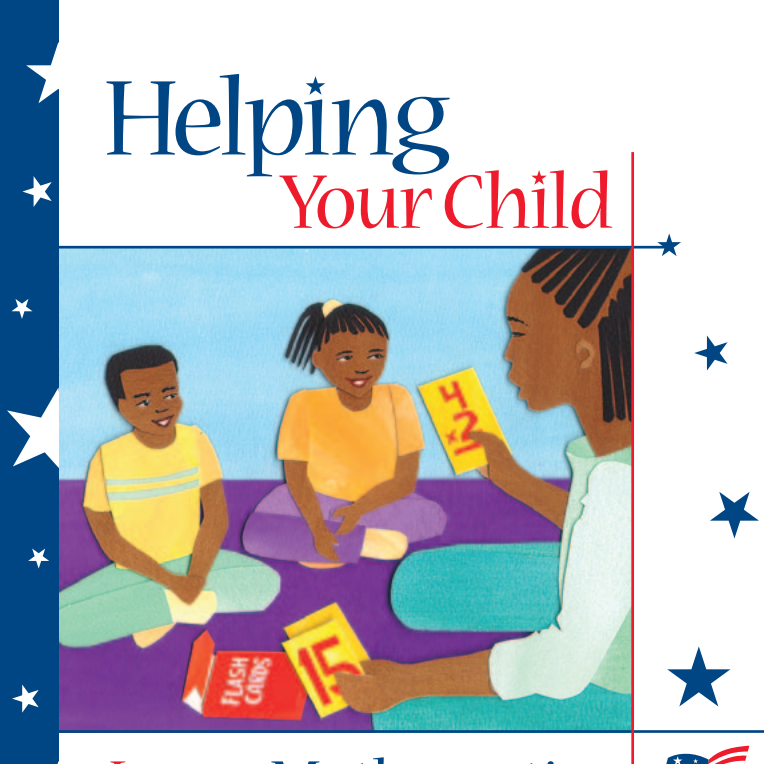 nine0003
nine0003
It is important for an adult helping a child with homework to be aware of the possible causes of difficulties in working together. Understanding by him the peculiarities of the child's thinking, as well as awareness of his own cognitive activity, can significantly increase the effectiveness of the homework of a younger student.
In order to preserve the community with your own child and at the same time not completely suppress his will, just try to talk to him more - in an adult way, without lisping and not in raised tones. Ask what happened at school, what situations arose, how classmates behave, what the teacher says. Ask leading questions, and the child will definitely tell what worries him. nine0003
How to help a second-grader - a reminder to parents
The transition of a child to the second grade is marked by the fact that homework becomes mandatory, and children begin to put marks.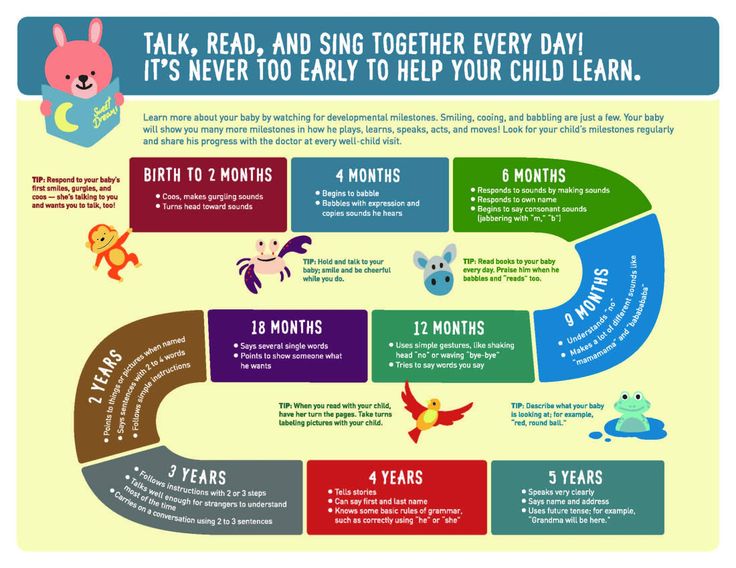
All this is quite difficult for the child and there are special secrets for parents to support the child during this period
0003
2. The ability to do homework without the help and support of an adult is practically not formed, such are the laws of assimilation
3. If parents do not control and do not help to do homework, then the child may not do it and not write it down
4. Important initially check and compare what the child wrote in the diary and what was actually assigned - children sometimes do not write down part of the tasks in the diary
5. It is necessary to determine a specific time for doing homework and strive for the child to do homework at the same time nine0003
6. Help the child with homework and check what the child has done
7. Teach the child to organize his workplace for work
8. Set an example of organization and concentration
9.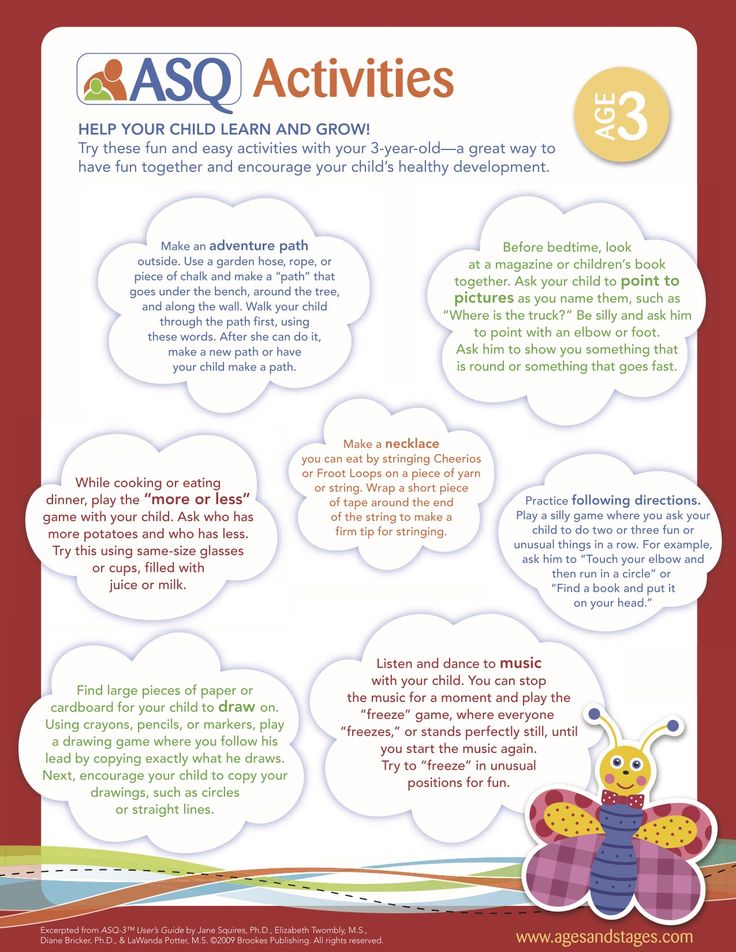 Accept that twos and threes are in progress studies are inevitable, so it is important not to scold the child for them, but on the contrary, to help them understand
Accept that twos and threes are in progress studies are inevitable, so it is important not to scold the child for them, but on the contrary, to help them understand
10. It is important to perceive marks as indicators of learning temperature: a deuce is a signal that knowledge is sick and they need treatment, not moralizing
11. Do not think that if mom and dad studied well at school, then they will definitely have an excellent student or a shock student - we are all different
12. Parents' stories that they graduated from school with a gold medal will not help a child in any way
13. If you scold a child for deuces, then he may develop school anxiety, which greatly affects the success of the child. Even the smartest child can get a low mark if he is afraid, because fear blocks cognitive activity
14. Do not demand more from the child than he can at the moment
the child develops anxiety and fear of not meeting the expectations of the mother
16.